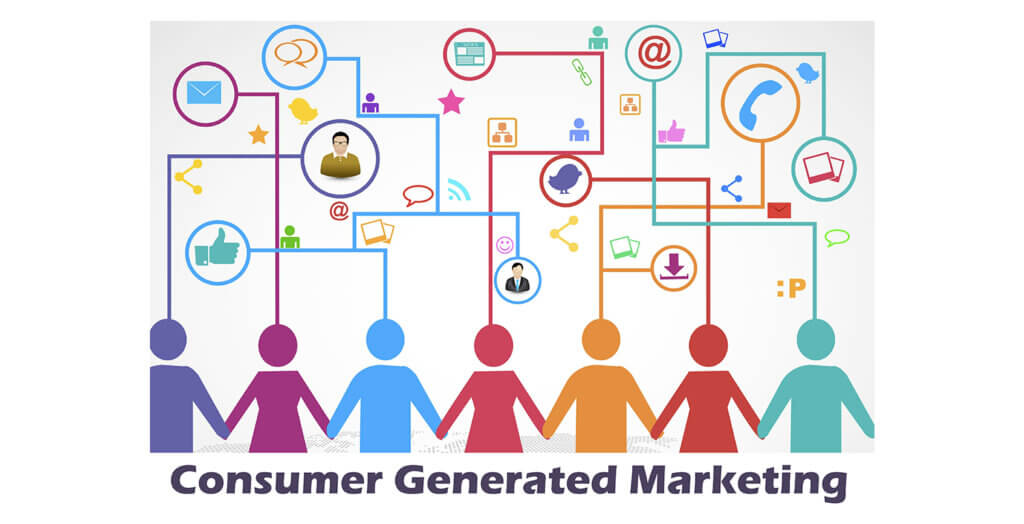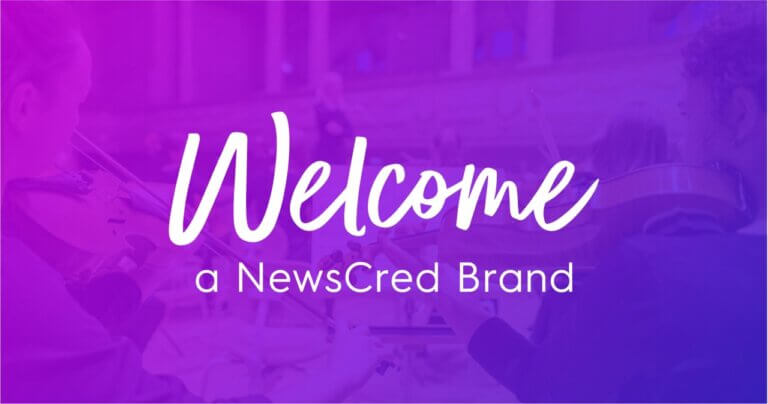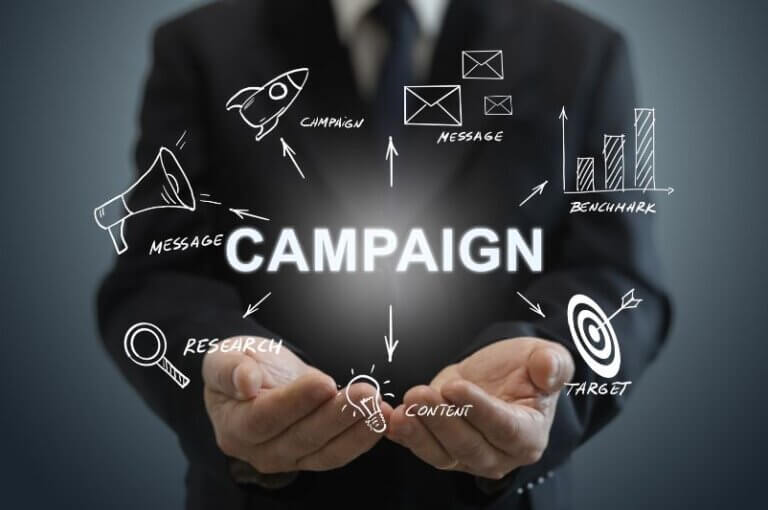A Comprehensive Guide to Consumer-Generated Marketing
Are you looking for a way to boost your brand’s online presence and increase customer engagement? Look no further than consumer-generated marketing. In this ultimate guide, we’ll show you everything you need to know to harness the power of user-generated content for your business.
What is Consumer-Generated Marketing?
Consumer-generated marketing, also known as user-generated content or UGC, is a marketing strategy that involves customers creating and sharing content about a brand or product. This can take many forms, such as social media posts, reviews, photos, videos, etc.
Why is UGC Important for Your Business?
UGC is a potent tool for building brand awareness, increasing customer trust, and driving sales. Here are just a few reasons why:
- Authenticity: Consumers are more likely to trust content created by other consumers than traditional marketing messages.
- Engagement: UGC encourages customers to actively engage with your brand, creating a sense of community and building loyalty.
- Reach: UGC has the potential to reach a much wider audience than traditional marketing messages, as it can be shared across multiple platforms.
How to Encourage UGC
Now that you understand the importance of UGC let’s dive into how to encourage your customers to create and share content about your brand.
- Make it Easy: Make sure it’s easy for customers to create and share UGC. Provide clear instructions and guidelines, and make it easy for them to submit their content.
- Incentivize: Consider offering incentives such as discounts, free products, or other rewards for customers who create and share UGC.
- Showcase UGC: Showcasing UGC on your website, social media channels, and other marketing materials can encourage others to create and share their content.
- Engage with UGC: Responding to and engaging with UGC can help build customer relationships and create a sense of community around your brand.
Best Practices for Using UGC
Now that you’re encouraging UGC, it’s essential to use it to benefit your business. Here are some best practices to keep in mind:
- Be Selective: Choose UGC that aligns with your brand values and messaging, and avoid using content that could be potentially harmful or offensive.
- Give Credit: Always give credit to the creators of UGC, and ask for their permission before using their content.
- Monitor UGC: Regularly monitor UGC to ensure it aligns with your brand and messaging, and remove any content that does not.
- Incorporate UGC into Your Marketing Strategy: Use UGC in your marketing campaigns, website, and other marketing materials to build customer trust and engagement.
Types of consumer-generated marketing
Consumer-generated marketing, or user-generated content (UGC), can take many forms. Here are some of the most common types of consumer-generated marketing:
- Reviews: Customer reviews are one of the most popular forms of UGC. Checks can be found on various platforms, including e-commerce websites, social media, and studies like Yelp and TripAdvisor.
- Social Media Posts: Social media is a goldmine for UGC. Customers can create and share posts, photos, and videos about your brand or product on platforms like Instagram, Facebook, Twitter, and TikTok.
- Contests: Running a contest or giveaway is a great way to encourage UGC. For example, you can ask customers to submit photos or videos of them using your product for a chance to win a prize.
- Testimonials: Testimonials are a form of UGC where customers share their positive experiences with your brand or product. Testimonials can be displayed on your website, social media, or other marketing materials.
- Influencer Marketing: Influencer marketing is a form of UGC where social media influencers create and share content about your brand or product. This can be a highly effective way to reach a wider audience and build trust with potential customers.
- User-Generated Ads: User-generated ads are created by customers and shared on social media or other platforms. These ads can be highly authentic and compelling, coming from real customers, not the brand itself.
There are many different types of consumer-generated marketing. You can build trust, increase engagement, and drive sales by encouraging your customers to create and share content about your brand. Remember to choose the types of UGC that align with your brand values and messaging, and law; ays give credit to the content creators.
Examples of Consumer-Generated Marketing
Consumer-generated marketing (CGM) is a powerful tool for building brand awareness, increasing customer engagement, and driving sales. Here are some examples of successful CGM campaigns:
- Coca-Cola’s “Share a Coke”: In this campaign, Coca-Cola replaced its logo with famous names and encouraged customers to share photos of themselves with personalized Coke bottles on social media. The campaign generated over 500,000 images shared on social media and increased sales by 2%.
- Airbnb’s “Live There”: Airbnb’s “Live There” campaign encouraged customers to share photos and stories of their unique travel experiences on social media. The campaign generated over 17 million views on YouTube and increased bookings by 20%.
- GoPro’s “Million Dollar Challenge”: GoPro’s “Million Dollar Challenge” encouraged customers to submit their best GoPro footage to win a share of $1 million. The campaign generated over 25,000 submissions and increased GoPro’s social media engagement by 35%.
- Starbucks’ “White Cup Contest”: Starbucks’ “White Cup Contest” encouraged customers to decorate their Starbucks cups and submit photos of their designs on social media. The winning strategy was turned into a limited-edition reusable cup. The campaign generated over 4,000 submissions and increased Starbucks’ Instagram followers by 6%.
- Lay’s “Do Us a Flavor”: Lay’s “Do Us a Flavor?” campaign asked customers to submit their ideas for a new potato chip flavor. The winning flavor was turned into a limited edition potato chip and sold in stores. The campaign generated over 14 million submissions and increased sales by 12%.
Consumer-generated marketing can take many forms, from social media posts to contests to influencer marketing. You can build trust, increase engagement, and drive sales by encouraging your customers to create and share content about your brand. These examples demonstrate the power of CGM and the potential impact it can have on a brand’s success.
Conclusion
Consumer-generated marketing is a powerful tool for building your brand’s online presence and increasing customer engagement. You can build community, increase trust, and drive sales by encouraging your customers to create and share content about your brand. Remember to make it easy for customers to create and share UGC, showcase and engage with UGC, be selective and give credit, monitor UGC, and incorporate.
FAQs
What is the consumer-generated marketing campaigns?
Consumer-generated marketing (CGM) campaigns are marketing strategies that involve customers creating and sharing content about a brand or product. These campaigns aim to increase brand awareness, build customer trust, and drive sales.
CGM campaigns can take many forms, such as social media posts, reviews, photos, videos, contests, and more. The key to a successful CGM campaign is encouraging customers to create and share content that aligns with your brand values and messaging.
There are many benefits to using CGM campaigns as part of your overall marketing strategy. For example, CGM campaigns can:
- Increase authenticity: Customers are more likely to trust content created by other customers than traditional marketing messages.
- Build engagement: CGM campaigns encourage customers to actively engage with your brand, creating a sense of community and building loyalty.
- Reach a wider audience: CGM has the potential to reach a much wider audience than traditional marketing messages, as it can be shared across multiple platforms.
To run a successful CGM campaign, it’s essential to provide clear instructions and guidelines, make it easy for customers to submit their content, and offer incentives such as discounts, free products, or other rewards. Monitoring and managing the content customers create is essential to ensure it aligns with your brand values and messaging.
Consumer-generated marketing campaigns are a powerful tool for building your brand’s online presence and increasing customer engagement. You can increase authenticity, build engagement, and reach a wider audience by encouraging your customers to create and share content about your brand.





